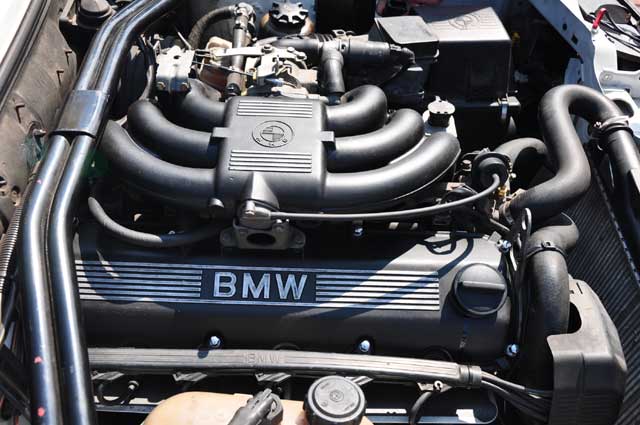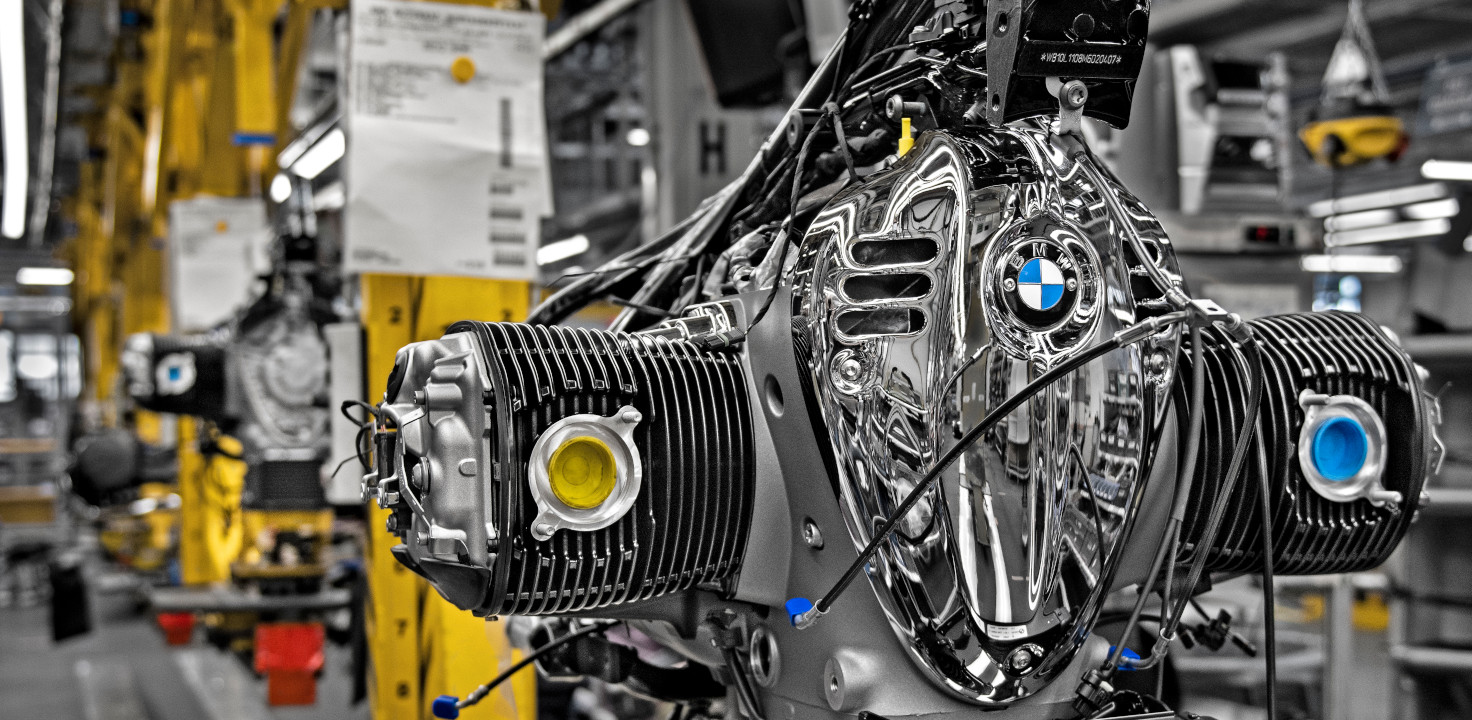Exactly how to Maintain Your BMW Engine for Optimum Performance and Longevity
Exactly how to Maintain Your BMW Engine for Optimum Performance and Longevity
Blog Article
Exploring the Evolution of Combustion Engines in Modern Transport Solutions
As we browse the landscape of modern-day transportation, the advancement of burning engines stands as a testimony to human ingenuity and design expertise. From their humble beginnings to the innovative powerhouses thrusting cars today, combustion engines have undergone a remarkable journey of development and adaptation. Recognizing the complexities of this development not only clarifies the past but also leads the method for visualizing what exists in advance in the realm of transport innovation. The interplay of history, technology, and ecological concerns fit the trajectory of combustion engines creates a narrative that is both insightful and compelling.
Early Beginnings of Combustion Engines
How did the concept of burning engines initial arise in the very early stages of transport advancement? The origins of burning engines can be traced back to the 17th century when the concepts of internal combustion were initial checked out.
The innovation moment came with the innovation of the very first successful gasoline-powered engine by Karl Benz in 1885 - bmw engine. This engine led the way for the development of the contemporary vehicle, revolutionizing transport systems worldwide. Subsequent developments by Nikolaus Otto and Gottlieb Daimler further refined burning engine modern technology, resulting in the automation of autos and the quick development of the transport market
These early burning engines were defined by their simpleness and efficiency, laying the foundation for the facility and powerful engines utilized in modern-day transportation systems. The advancement of burning engines has actually been instrumental in shaping the means we take a trip and transport products, marking a substantial turning point in the background of transport advancement.
Change to Internal Combustion Technology
The transition to internal burning technology marked a pivotal shift in the advancement of transportation systems. This change began in the late 19th century, with developers like Nikolaus Otto and Gottlieb Daimler creating the first effective internal burning engines. These engines reinvented transport by supplying a more effective and powerful alternative to vapor engines and electrical motors.
Among the essential advantages of interior burning engines was their ability to be scaled down to suit lorries, bring about the development of automobiles and bikes. This change from bulky, stationary engines to portable, mobile ones led the way for the modern transportation systems we see today.
The change to internal burning innovation also stimulated innovations in fuel modern technology, causing the growth of fuel and diesel as main gas resources for automobiles. This change not only made transportation much more easily accessible to the masses however additionally laid the structure for the oil and gas sector to become indispensable to global economic climates.
Effect of Combustion Engines on Transportation
The fostering of combustion engines in transport systems catalyzed an extensive shift in the effectiveness and speed of international flexibility. Combustion engines changed transport by supplying a trustworthy and functional resource of power for different cars, including cars, vehicles, planes, and ships. This innovation considerably improved his comment is here the ability for people and products to conform cross countries in shorter amount of time, leading to boosted connectivity between regions and countries.
Additionally, the extensive use burning engines has had a considerable influence on economic growth. The capacity to carry goods effectively has actually stimulated trade and commerce, enabling businesses to expand their markets and get to consumers worldwide. This has helped with financial growth and globalization, as items can currently be transported quicker and in bigger amounts than ever.
However, the environmental impact of burning engines can not be overlooked. The burning of fossil gas has actually brought about air contamination and greenhouse gas exhausts, adding to climate modification and posing wellness dangers to populaces. bmw engine. As an outcome, there is an expanding focus on establishing alternative propulsion innovations to mitigate these unfavorable impacts and develop a more lasting future for transport
Innovations in Burning Engine Layout
Countless advancements in burning engine design have propelled the advancement of transportation systems over the years. One remarkable innovation is the advancement of turbocharged engines, which use exhaust gases to drive a generator that compresses incoming air, enabling even more gas to be scorched, leading to boosted power result without a considerable boost in engine dimension. In addition, straight shot modern technology has enhanced fuel effectiveness and efficiency by specifically managing the quantity and timing of gas infused into the burning chamber. Variable shutoff timing systems have actually likewise transformed engine layout by enhancing air flow at various engine speeds, boosting both power and effectiveness. Another considerable advancement is the combination of light-weight materials such as carbon fiber and light weight aluminum alloys, minimizing overall engine weight and boosting automobile fuel economic climate. Developments in computer-aided design have made it possible for designers to optimize engine performance hop over to these guys and performance via simulations before physical models are built, saving time and sources in the growth process. These innovations jointly add to the continual renovation of combustion engines in modern-day transport systems.
Future Fads in Burning Engine Growth
With technology improvements driving continual innovation, the future of burning engine growth is poised to transform transportation systems globally. One of the key patterns in burning engine growth is the press in the direction of greater effectiveness and decreased exhausts.
An additional famous fad is the fostering of crossbreed modern technologies in combustion engines. Hybrid engines incorporate standard burning technology with electrical power, providing enhanced fuel performance and reduced discharges. As the auto market changes towards electrification, crossbreed visit this site right here combustion engines are seen as a transitional solution that bridges the gap between conventional vehicles and totally electrical ones.
Additionally, the integration of clever technologies, such as fabricated intelligence and information analytics, is anticipated to play a considerable function in the future of combustion engine growth. These innovations can enhance engine performance in real-time, bring about a lot more efficient combustion processes and enhanced general lorry performance. Accepting these future fads will not just drive innovation in combustion engine development however likewise add to an extra lasting and environmentally pleasant transportation environment.

Verdict
In final thought, the evolution of combustion engines in modern transport systems has actually been noted by significant improvements in modern technology and design. From the early starts of combustion engines to the change to internal burning technology, these engines have had a profound effect on transportation.
The roots of burning engines can be traced back to the 17th century when the principles of interior burning were initial explored. These engines changed transport by providing a more efficient and effective alternative to vapor engines and electrical motors.

Report this page